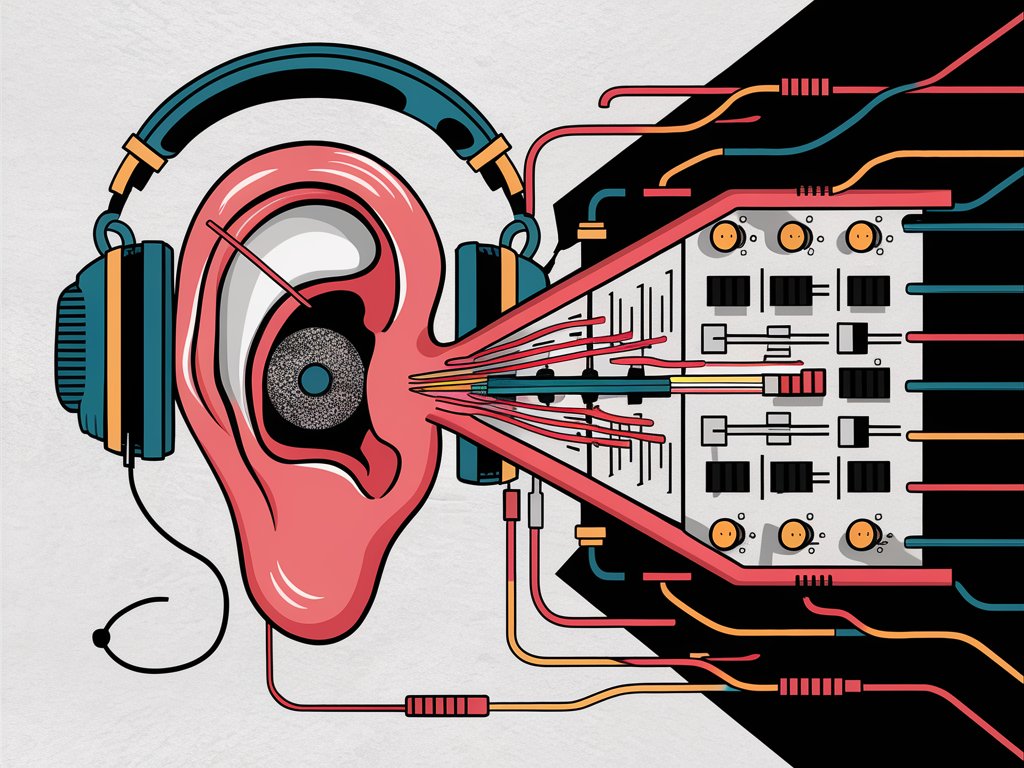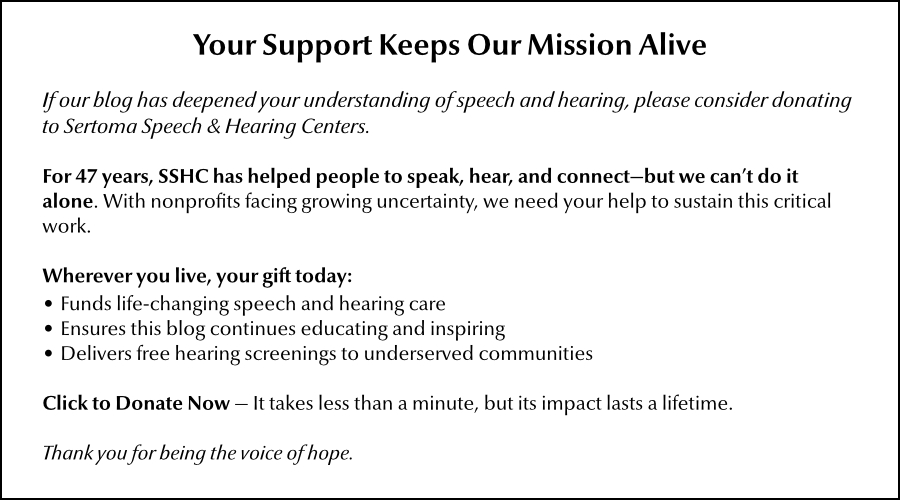Your ears are even more impressive than you thought. Researchers at Yale uncovered hidden mechanics in the inner ear that explain how we hear whispers, endure loud noises, and detect a dizzying range of sounds—all without our brains getting overwhelmed.
"We set out to understand how the ear can tune itself to detect faint sounds without becoming unstable and responding even in the absence of external sounds. But in getting to the bottom of this we stumbled onto a new set of low frequency mechanical modes that the cochlea likely supports." —Benjamin Machta, PhD, co-senior author, assistant professor of physics, Yale University
Why it matters
The ear isn’t just a microphone—it’s a genius sound engineer.
- The discovery of new low-frequency “modes” in the cochlea reveals how the ear balances amplification and stability.
- These modes act like a built-in sound editor, helping you pick up faint sounds (like a ticking clock) while ignoring irrelevant noise (like your own heartbeat).
- Without this system, hearing would be chaotic—a firehose of constant feedback or missed whispers.
"We’re decoding nature’s playbook for precision sensing.” —Asheesh Momi, PhD, lead author, Yale University

The ear isn’t just a microphone—it’s a genius sound engineer.
How it works
Think of your cochlea as a spiral-shaped sound mixer. Sound waves travel along the basilar membrane, lined with hair cells acting as amplifiers. These cells pump energy to sharpen faint sounds and dampen harsh ones.
- The twist: The Yale team found a second set of mechanical modes.
- Instead of just one spot on the membrane reacting to a tone, large sections move together.
- This collective dance fine-tunes how much energy hair cells add, preventing the system from spiraling into noise or silence.
The big picture
This isn’t just about ears. The team used physics models to simulate the cochlea, blending biology with math—a method they’ve applied to everything from vipers’ heat-sensing pits to cell membranes.
- Practical benefits: The findings could inspire better hearing aids, audio tech, or even robotics.
What’s next
The researchers from Yale and Harvard, backed by funding from the NIH, aim to unravel how these modes affect low-frequency hearing, a puzzle that impacts millions with hearing loss.
Bottom line
The ear’s hidden mechanics are a masterclass in balance. Every sound you hear? Thank your cochlea’s secret symphony.
Protect Your Inner Sound Engineers
Start with a free 15-minute hearing screening by an audiologist.
★ Call 708-599-9500 to schedule your free screening.
★ For facts about hearing loss and hearing aid options, download The Hearing Loss Guide.
★ Sign up for our newsletter for the latest on Hearing aids, dementia triggered by hearing loss, pediatric speech and hearing, speech-language therapies, Parkinson's Voice therapies, and occupational-hearing conservation. We publish our newsletter eight times a year.
Don't let untreated hearing loss spoil your enjoyment of life.


